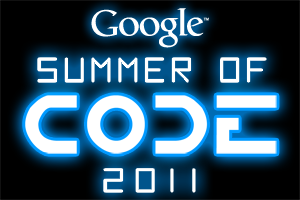For a lot of attendees at SXSW this month, including myself, it was our first trip to Austin, Texas. We’ve all heard stories about the great restaurants and bars found throughout the city, but I didn’t know where to start looking.
Luckily for us, on February 11, Google launched a campaign in Austin to promote Hotpot, a new tool to help you find the places you’ll love. Rate and review the places you know using Hotpot, and Google will personalize your search results based on your preferences and recommendations from friends.
To help newcomers identify great places in Austin, we began importing anonymous rating signals into Google Fusion Tables in near real-time. When a new rating came in, it was directly inserted into Fusion Tables using the Fusion Tables API. In the examples below we used a FusionTablesLayer with the heat map option enabled. We used Styled Maps to tone down the background colors to make the heat map stand out more.
After the first day of collecting anonymous Austin ratings, using the heat map function in Fusion Tables, we were able to see a few patterns start to emerge:
Just 24 hours of rating data was able to provide a good idea of where to target my Hotpot search in Austin, but I wanted to see what the concentration would be like after a few days. With just 12 days of Hotpot data, the heat map generated in Fusion Tables really starts to show much more concentrated patterns:
Having never been to Austin, I could tell by looking at the heat map that the hottest places in the city are along 6th Street, between Lamar Avenue and the I-35. Additionally, Guadalupe Street near the University of Texas at Austin campus also has a lot of activity. Based on the high activity, those areas would be a good place to start exploring the city.
If you’d like to watch Hotpot trends as they shape over the coming days, you can view more Hotpot ratings in near real-time on google.com/austin.


